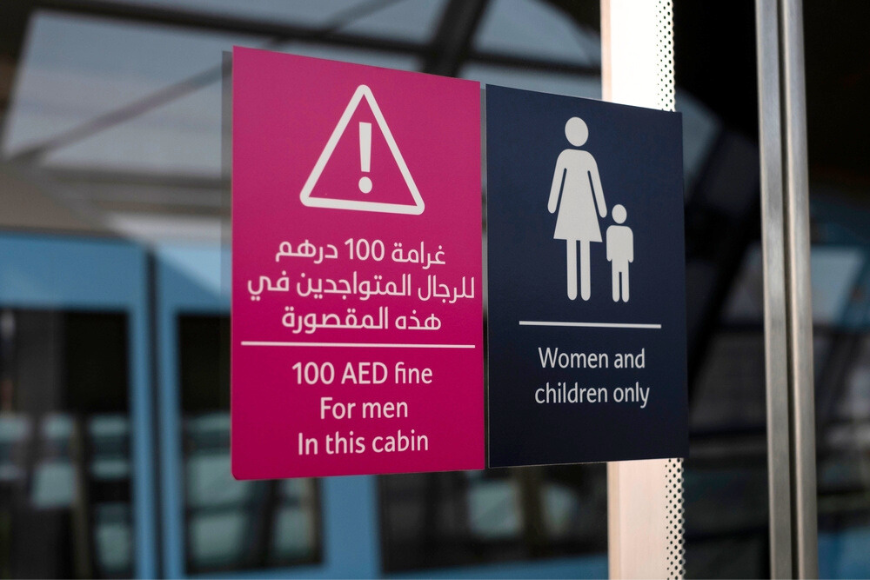The increase in rainfall over recent years is all down to cloud-seeding missions across the country
17 April 2019
| Last updated on 14 January 2020
When it comes to going above and beyond, the UAE has it mastered.
Which means it’s no surprise for any resident living here to learn that cloud-seeding is the reason why we’ve been experiencing wet weather so much over the past few weeks. In fact, UAE residents have seen an increase in rainfall over the last few years thanks to cloud-seeding missions across the country.
SEE ALSO: 10 ways Dubai has changed in 10 years
Yes, cloud seeding. It’s a term that anyone living here will probably have heard in conversation at one point – it’s when scientists enhance the amount of precipitation (any form of liquid or solid water) that falls from the clouds.
Opinions are always divided across the UAE about the arrival of rain across the country; many welcome it, believing it’s a refreshing change and relief from the hardened sun we’re so often used to. Others dread the thought of rain because while it’s good increasing rainfall, there’s barely anywhere for it to go when it lands on the ground… Which quite often means disasters for drivers.
What is cloud seeding then?
In an effort to increase rainfall in the country, the UAE is one of the first countries in the Arabian Gulf to adopt cloud-seeding methods. Using sophisticated weather radars, scientists at the National Centre of Meterology (NCM) are able to monitor the atmosphere of the country around the clock.
Over 70+ cloud-seeding operations have been carried out since the beginning of 2017, with a further 20 missions planned for the rest of 2019 across the country.
While there’s no certainty about whether rain will come due to a cloud seeding operation – after all, the art of cloud seeding isn’t an exact science so to speak – the purpose of it is to help increase the chances of rain by around 10 to 30%.
SEE ALSO: This is THE most riskiest picture of Dubai
Cloud seeding releases pure salt crystal, silver iodide, potassium iodide and/or dry ice into the air by planes fitted with seeding flares, which helps to change the processes within a cloud.
It’s a lot more difficult than it sounds too, as officials from NCM have previously described.
“Not all type of clouds can be seeded, only the ones that are ready to generate rain. We use hygroscopic salt to level up the amount of moisture to generate more rain”, said Dr Ahmed Habeeb, meteorologist and expert on cloud seeding at NCMS.
Why is the UAE conducting cloud seeding?
There’s no denying that the country could do with a lot more fresh water here and there, especially because of the benefits that farmers would see – and have already seen thanks to the rainfall so far. Many currently rely on water from desalination, which is a costly method for farmers living here.
SEE ALSO: Here are the top 10 tourist attractions in Dubai to visit
Not only does cloud-seeding benefit farmlands, but it also helps to ease the effects of dry spells - especially during summer. In fact, due to the NCM's plans for the remainder of 2019, we should expect further rainfall throughout the warmer months. And who knows, it might bring the temperatures down slightly, too?




.png?itok=HBSyMDok)









































































.png)


























.png?itok=0fOAXkOm)

























.png?itok=EH_x0Pha)
